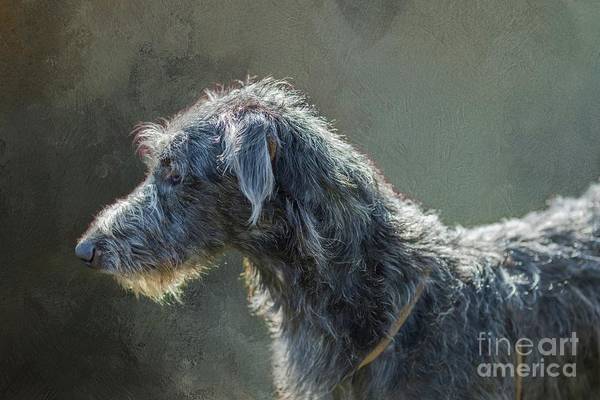
Such is the pity that all too often throughout history, artists and writers become famous only after they die.
Katherine Phillips, however, was one of the first women to become well known as a poet during her own lifetime, and in the 17th century, no less. In fact, Phillips was the first woman to see her work performed on the commercial stage in Britain or Ireland. She wrote some 125 poems on a variety of subjects, but today, she is best known for her poetry on female friendship, particularly among feminist scholars. While she is regarded as one of the most important figures in English women’s literary history, Phillips is considered to be a key figure within the history of 17th-century English-language poetry, irrespective of gender.
She started writing when she was a precocious teenager, and though she, herself, married when she was sixteen, many of her poems were addressed to female friends whose marriages she feared would lead to the end of their close friendships. She also wrote about events within her local community, and as well as poems that expressed her royalist sympathies. At least four of her elegies and epitaphs were actually carved on church monuments, the only one known to have survived inscribed on John Lloyd’s monument in Cilgerron Church.
She knew tragedy. Two touching poems allude to the death of her one son, Hector, in infancy. Another poem commemorates her stepdaughter, Frances Philips, who died at the age of thirteen. She did have a daughter, Katherine, who gave birth to fifteen children, fourteen of whom died before her. The grief of mother and grandmother is hard to fathom.
Sadly, of Philips died of smallpox when she was only 32. She was buried alongside with her father, grandparents, and infant son, in the church of St Benet Sherehog in London.
After their early popularity, Philips’s work faded, and were little known in the 18th and the 19th centuries; John Keats, an English poet of the second generation of Romantic poets, was an important exception and not only had he admired her poetry, he recommended it to friends.
The year she died, Katherine (known by the pen name, “The Matchless Orindo” wrote a poem about an Irish Greyhound. By then, some students of the genre had detected a shift in her work which they attributed to her time in Dublin, and it’s been suggested that the poem represented a metaphor for a new relationship between Ireland and Britain. We can offer no opinion on that score, but we can weigh in on the fact that there is no such breed as an Irish Greyhound. There are Greyhounds in Ireland, of course, but Phillips was writing about the Irish Wolfhound:
The Irish Greyhound
Behold this creature’s form and state;
Which nature therefore did create,
That to the world might be exprest
What mien there can be in a beast;
And that we in this shape may find
A lion of another kind.
For this heroic beast does seem
In majesty to rival him,
And yet vouchsafes to man to show
Both service and submission, too.
From whence we this distinction have,
That beast is fierce, but this is brave.
This dog hath so himself subdued
That hunger cannot make him rude,
And his behavior does confess
True courage dwells with gentleness.
With sternest wolves he dares engage,
And acts on them successful rage.
Yet too much courtesy may chance
To put him out of countenance.
When in his opposer’s blood
Fortune hath made his virtue good,
This creature from an act so brave
Grows not more sullen, but more brave.
Man’s guard he would be, not his sport,
Believing he hath ventured for’t;
But yet no blood, or shed or spent,
Can ever make him insolent.
Few men of him to do great things have learned,
And when they’re done to be so unconcerned.
Image: Irish Wolfhound in Profile by Eva Lechner is available as fine art, and in home decor and lifestyle items here
